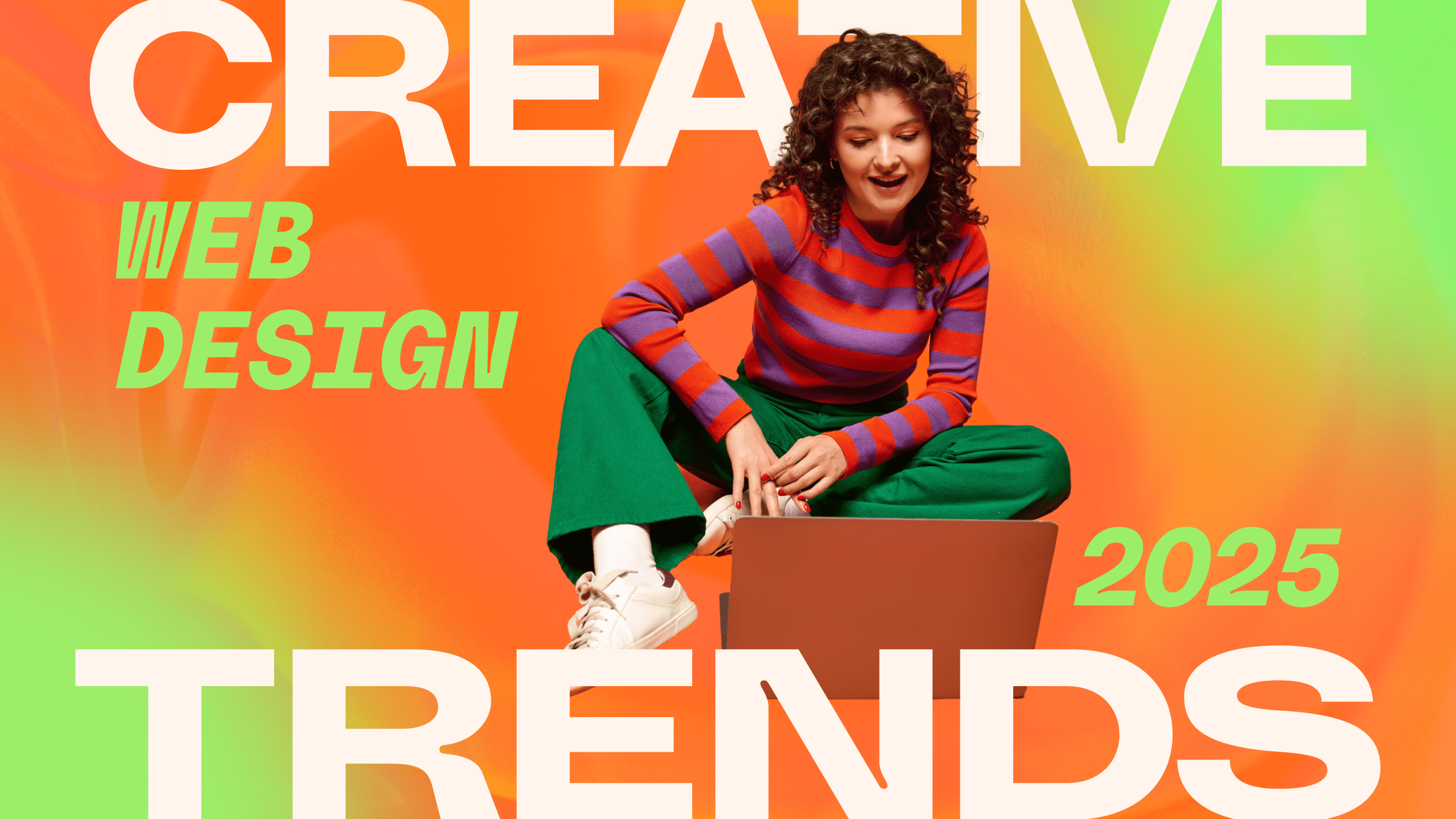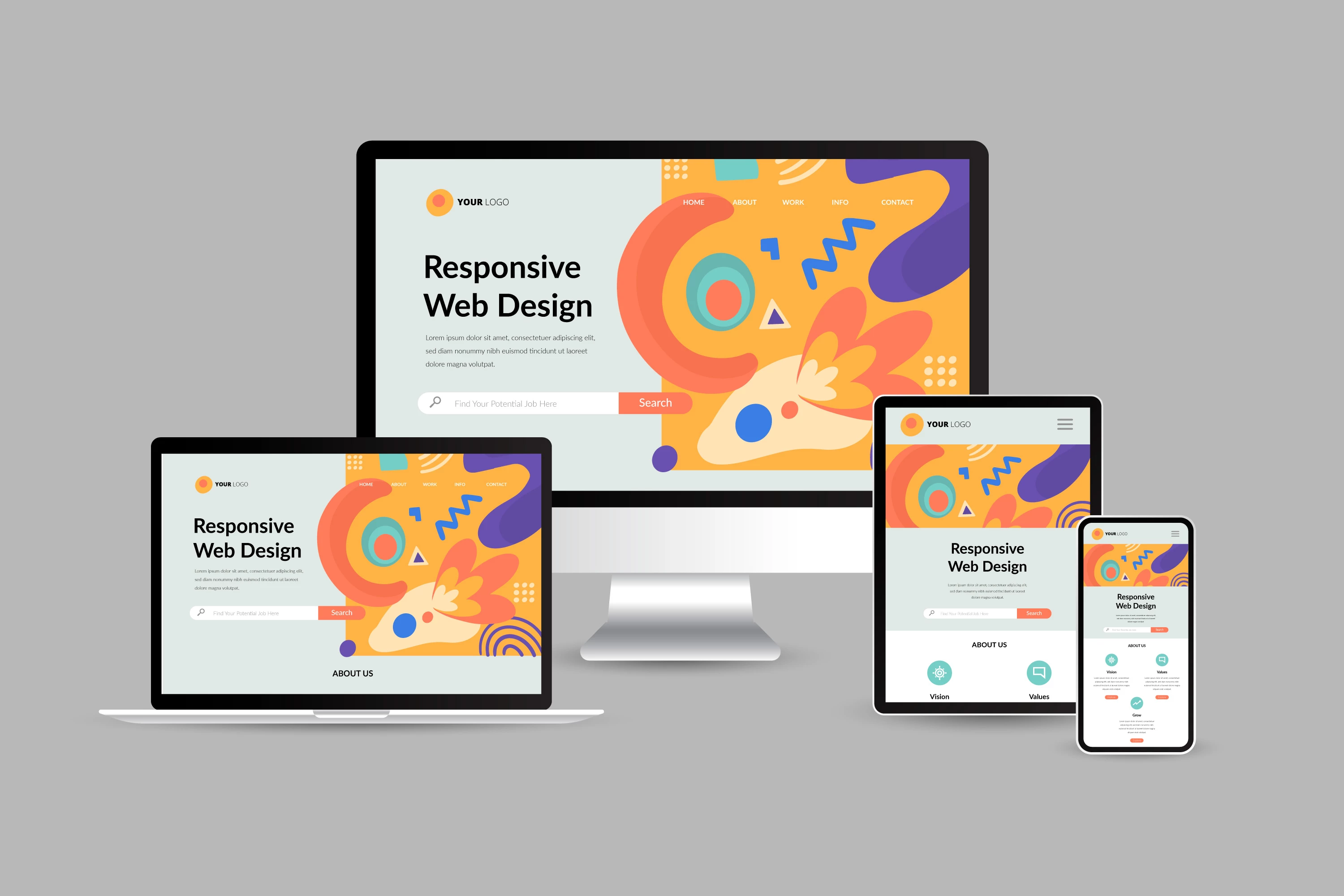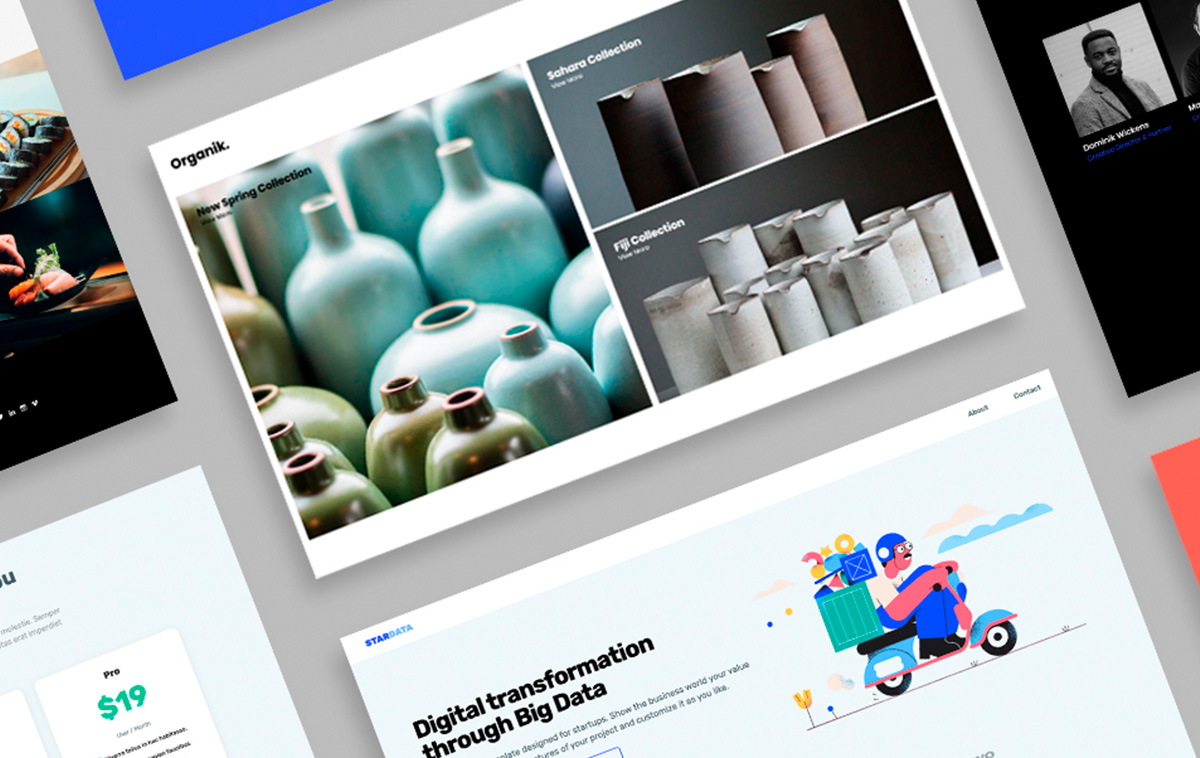Expert Aligned Position Web Design: Elevate Your Digital Presence with Our Professional Services
Expert Aligned Position Web Design: Elevate Your Digital Presence with Our Professional Services
Blog Article
The Very Best Types of Website Design to Improve Individual Experience and Engagement
In the ever-evolving landscape of electronic interaction, the performance of Web layout dramatically affects individual experience and interaction. Various design techniques, such as minimal, responsive, and interactive designs, each deal special advantages that can provide to diverse user requirements.
Minimal Website Design
As electronic landscapes come to be increasingly messy, minimalist Web layout has emerged as a powerful approach to boosting customer experience. This style approach prioritizes simplicity, concentrating on important elements while eliminating unnecessary distractions. By making use of enough white room, straightforward navigation, and a limited color scheme, minimal design fosters clarity and routes user focus to key web content.
The core concept of minimalist Web style is to produce a seamless communication for users. By reducing cognitive lots, individuals can swiftly grasp details without really feeling overwhelmed. This direct technique not only improves usability but additionally urges involvement, as site visitors are much more most likely to check out a website that is visually enticing and simple to navigate.
In addition, minimalist layout commonly highlights typography and imagery, making use of these aspects strategically to communicate messages efficiently. This emphasis on important parts can improve brand name identity and develop an unforgettable customer experience. Essentially, minimal website design is not just a fad; it is a thoughtful approach that identifies the importance of user-centered layout. By stripping away extraneous aspects, developers can produce a much more interesting, efficient, and delightful Web experience for all individuals.
Responsive Web Style
In today's varied electronic setting, responsive Web layout has actually come to be necessary for developing a smooth individual experience throughout a multitude of devices. As users access sites on mobile phones, tablets, laptop computers, and desktop computers, the capacity of a web site to adjust its format and web content to various display dimensions and resolutions is crucial.
Receptive website design employs adaptable grids, photos, and CSS media inquiries to guarantee that Web material exists efficiently, regardless of the device used. This strategy not just improves the visual appeal of a website but also dramatically improves usability. Individuals are most likely to involve with a website that provides a constant experience, as it eliminates the stress of having to zoom in or scroll excessively.
Additionally, online search engine, consisting of Google, focus on mobile-friendly websites in search rankings. By embracing responsive style, organizations can enhance their visibility and get to a wider audience. This approach likewise simplifies website upkeep, as a single variation of the site can accommodate all gadgets, decreasing the demand for several versions. In recap, responsive website design is an essential practice that boosts individual experience, engagement, and total fulfillment.
Interactive Web Style
Receptive Web style prepares for enhancing individual experience, but interactive Web design takes this an action further by involving individuals in a much more vibrant means - Aligned Position Web Design. By integrating components such as animations, clickable prototypes, and real-time comments, interactive website design astounds customers, drawing them into a richer surfing experience
This strategy not only cultivates engagement however additionally urges customers to discover material proactively instead than passively consuming it. Techniques such as gamification, where individuals gain benefits for finishing jobs, can dramatically enhance the moment invested in a site and enhance overall satisfaction. Furthermore, interactive features can simplify complex info, making it much more delightful and absorbable.

Including interactive style components can additionally lead to higher conversion prices, as individuals are most likely to engage with a site that proactively entails them. Aligned Position Web Design. Ultimately, interactive website design changes customer experiences into remarkable journeys, making sure that visitors return time and once more
Apartment Design
Identified by its minimalistic approach, flat style highlights simpleness and functionality, removing unnecessary components and focusing on crucial features. This design viewpoint prioritizes usability, making sure that users can browse interfaces with simplicity and effectiveness. By using a clean aesthetic, flat style eliminates the mess typically discovered in more ornate styles, thereby improving individual focus on web content and functionality.
The trademark of level layout depends on its use bold shades, straightforward typography, and geometric shapes. These components add to a visually attractive user interface that is both contemporary and friendly. In addition, level layout fosters a sense of clarity, enabling individuals to recognize crucial actions and info without interruption.
Furthermore, flat style is especially effective in receptive website design, as its simpleness translates well across numerous devices and screen sizes. The absence of complex appearances and gradients minimizes loading times, which is essential for maintaining individual involvement. As digital landscapes remain to progress, level style continues to be an appropriate option for developing easy to use internet sites that boost general experience. By concentrating on essential functions, flat design not only fulfills customer needs yet additionally encourages seamless site communication, making it an important element of effective website design techniques.
Flexible Website Design
Flexible website design personalizes the user experience by creating several dealt with formats tailored to various screen sizes and devices. Unlike receptive design, which fluidly readjusts a single format, flexible style employs distinctive designs for details breakpoints, ensuring ideal discussion on various platforms. This technique permits designers to concentrate on the one-of-a-kind characteristics of each gadget, improving use by providing exactly what customers require based upon their context.
Among the primary advantages of adaptive website design is its capability to enhance tons times and efficiency. By serving tailored web content and images that fit the customer's device, web sites can lessen information use and boost loading speeds. This is particularly advantageous for customers with slower links or minimal information plans.

Additionally, adaptive design assists in a much more controlled and consistent branding experience. Given that developers develop several layouts, they can make certain that the visual components line up with the brand name's anonymous identity across various platforms - Aligned Position Web Design. This results in a natural individual experience, enhancing engagement and advertising customer retention
Conclusion
In final thought, the combination of minimalist, responsive, and interactive website design principles substantially enhances user experience and involvement. Minimal design promotes clearness and emphasis, while receptive design ensures flexibility across various tools, promoting accessibility. Interactive style captivates users through dynamic components, motivating exploration and personalization. Jointly, these layout comes close to contribute to the production of straightforward environments that not just boost contentment but also drive greater conversion rates, underscoring their important relevance in contemporary Web style techniques.

Minimalist layout cultivates clearness and focus, while responsive style guarantees adaptability across numerous devices, advertising accessibility. Collectively, these style approaches contribute to the creation of easy to use atmospheres that not only enhance complete satisfaction yet likewise drive higher conversion prices, emphasizing their important significance in contemporary Web design approaches.
Report this page